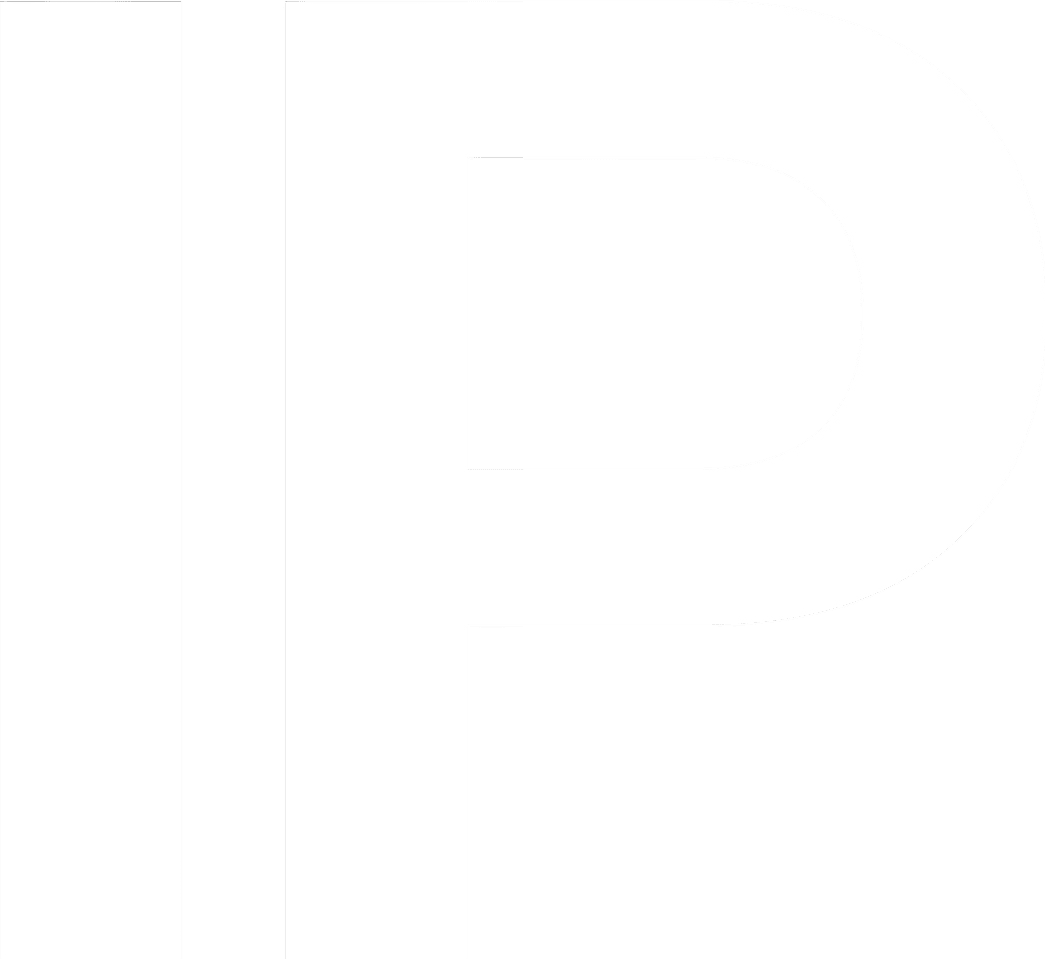
Introduction
Patent legislation offers legal safeguarding for novel inventions once they have been patented by their creators. A patent, essentially a temporary monopoly, is bestowed upon the owner in exchange for disclosing the invention to the public. This system benefits both society and the inventor. The inventor gains the advantage of excluding others from utilizing the invention for a period of 20 years, while the public benefits from the eventual accessibility of the invention once the patent expires.
However, the patenting of methods for medical treatment of human beings presents a complex issue, intertwining patent law with medical law. Medical law, rooted in the Hippocratic Oath, prioritizes the preservation of human life. In contrast, patent law aims to foster innovation by rewarding inventors, establishing a distinct set of goals. Consequently, a public policy concern arises regarding the necessity for physicians to retain autonomy in their treatment choices to ensure optimal health care.
Trips Agreement And Medical Procedures
The World Trade Organization’s Trade-Related Aspects of Intellectual Property Rights (TRIPS) Agreement, under Article 27(3), grants Member States the discretion to determine whether patents should be allowed for diagnostic, therapeutic, and surgical methods used in the treatment of humans or animals.
INDIAN FRAMEWORK
In alignment with the TRIPS agreement, India has excluded surgical, therapeutic, and diagnostic treatment methods for both humans and animals from patentable subject matter under Section 3(i) of the Indian Patents Act, 1970. Initially, this exclusion also applied to plants, but The Patents (Amendment) Act, 2002, later reversed this restriction.
The primary reason for excluding medical procedures from patent protection is their lack of industrial applicability, a key criterion for patent eligibility. These procedures include specific methods for drug administration, disease diagnosis, and surgical techniques. For example, stitch-free incision techniques for cataract surgery do not qualify for patent protection. However, diagnostic procedures involving external tissues or fluids may be eligible for patents.
The distinction between the patentability of a device and a diagnostic or therapeutic method was further clarified in the case of Lalit Mahajan’s patent application for a “device for detection of antibodies to HIV and p24 antigen of HIV1 in human serum or plasma.” Opponents argued that the device should be excluded under Section 3(i) as it lacked diagnostic characteristics. However, the Patent Examiner recognized its inventive nature and ruled that it was a device rather than a diagnostic method, making it eligible for patent protection.
International Perspectives:
The patenting of medical procedures is addressed differently in various countries and international agreements, reflecting diverse legal traditions, ethical considerations, and economic priorities.
- European Union: The European Patent Convention (EPC) explicitly excludes methods for treatment of the human or animal body by surgery or therapy and diagnostic methods practiced on the human or animal body from patentability (Article 53(c) EPC). This exclusion reflects a strong public policy stance against restricting medical practitioners’ ability to provide the best possible care.
- United States: The United States has a more complex approach, with the patentability of medical procedures being subject to ongoing legal interpretation and debate. Legally, any process, machine, manufacture, or composition of matter is eligible for patent protection if it is both novel and useful. While the law does not explicitly exclude medical procedure patents, inventors are not provided with any legal recourse in the event of infringement. Consequently, although they may possess an independent monopoly, there is no practical means of enforcement.
- United Kingdom: Since the establishment of patent law in the UK, there has been a consistent emphasis on the necessity of ‘industrial use/application’ as a fundamental prerequisite for granting patents to inventions, processes, or designs. Consequently, medical procedure patents were expressly excluded due to their perceived lack of industrial applicability. This traditional approach has faced criticism for its ethical implications within the profession.
In alignment with the European Patent Convention, the British Parliament amended the Patents Act of 1977 to modernize its provisions. Despite this revision, the Act maintains its prohibition on medical procedure patents, specifically for diagnostic, therapeutic, and surgical methods.
Reasons For Exclusion Of Medical Procedure From Patentability
- Accessibility: Patents may limit the availability of medical procedures, particularly in cases where the patent holder charges high licensing fees or refuses to license the procedure altogether. This can create barriers to access for patients, especially in underserved populations and developing countries.
- Affordability: The exclusive rights granted by patents can lead to increased healthcare costs. Patent holders may charge monopoly prices for their procedures, making them unaffordable for many patients and placing a significant burden on healthcare systems.
- Innovation vs. Dissemination: While patents are intended to encourage innovation, they can also hinder the dissemination of medical knowledge. Physicians and researchers may be reluctant to share or build upon patented procedures, potentially slowing down the advancement of medical science.
- Ethical Concerns: Patenting medical procedures raises fundamental ethical questions about the ownership of medical knowledge and the extent to which commercial interests should influence medical practice.
Conclusion
The patenting of medical procedures presents a complex and globally debated issue, raising fundamental questions about the balance between incentivizing innovation and ensuring equitable access to healthcare. While patent law seeks to reward inventors and promote progress, medical law prioritizes the well-being of patients and the free exchange of knowledge. This article has highlighted the divergent approaches taken by various jurisdictions, reflecting differing legal traditions, ethical considerations, and public policy objectives.
The TRIPS Agreement provides member states with the flexibility to exclude medical procedures from patentability, a provision that many countries, including India and those in the European Union, have utilized to varying extents. These exclusions are primarily driven by concerns regarding accessibility, affordability, the potential hindrance of medical advancements, and ethical considerations related to the ownership of medical knowledge.
Ultimately, navigating this complex landscape requires a nuanced approach that fosters innovation while upholding the core principles of medical ethics and ensuring that the benefits of medical progress are accessible to all.
Written by Medha, Legal Intern at Intepat IP
